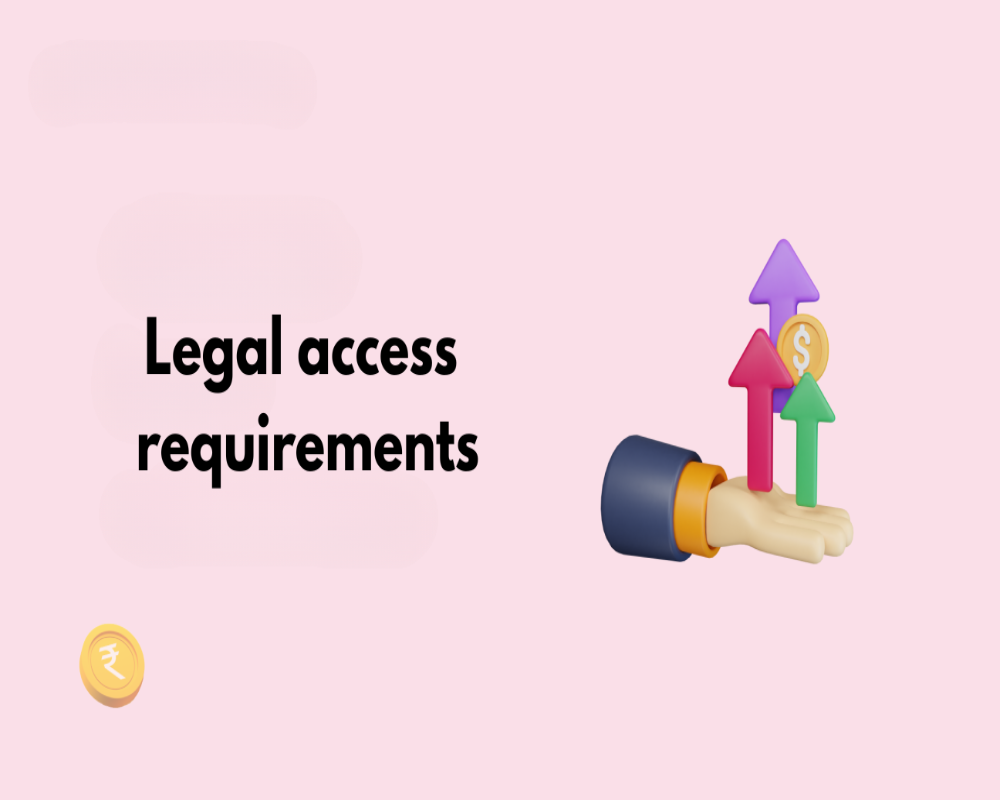Introduction
Legal access is a foundational requirement for any property development, ensuring that a parcel of land can be lawfully and physically reached from a public right-of-way or an approved private access route. Without legally recognized access, a property may be considered “landlocked,” significantly restricting or entirely preventing its development, financing, or marketability. Legal access requirements are not merely practical necessities; they are embedded in property law, zoning regulations, and development standards, making them a critical focus during site selection, due diligence, and project approval stages. Understanding these requirements is essential for developers, investors, lenders, and planners aiming to unlock a site’s full potential.
Understanding Legal Access
Legal access refers to the right to enter and exit a property through public streets, roads, or approved private easements. It is distinct from physical access, which simply means there is a visible path or roadway leading to the land. Legal access is formally recognized and enforceable, ensuring that the landowner or occupant has the uninterrupted and lawful ability to reach the property without trespassing on adjacent land.
To qualify as legal access, the route must typically be officially recorded with the relevant government agency or embodied in binding legal documents such as easement agreements, subdivision plats, or roadway dedication documents. Courts consistently uphold the principle that property ownership includes the right of ingress and egress, recognizing that denying such access renders land unusable and strips it of its functional value.
Sources of Legal Access Rights
The most straightforward source of legal access is direct frontage on a public road or street maintained by a municipality, county, or state. Properties with public street access are generally free from significant legal complications regarding entry and exit, although driveways and curb cuts may still require specific permits.
When public street access is not available, developers rely on private easements to establish legal access. These are legal agreements granting rights over adjacent land to reach the property. Easements can be created by express agreement, by necessity (where the land would otherwise be inaccessible), or by historical use (prescriptive easement). Proper documentation and recording of easement rights are essential to ensure that they are legally binding and enforceable against future owners.
Zoning and Development Code Requirements
Most jurisdictions require evidence of legal access as a condition for approving development applications. Zoning ordinances and subdivision regulations often specify minimum frontage requirements, dictate access widths, or impose design standards for private drives. For instance, a development plan may not be approved if a proposed commercial site does not meet the minimum required frontage on an existing public road.
In larger developments or commercial projects, developers may also need to construct new internal roads, dedicate land for public use, or negotiate access improvements to satisfy code requirements. Traffic impact studies may be required to ensure that the access routes are adequate to handle the anticipated volume and type of traffic generated by the development.
Title Review and Due Diligence
During due diligence, confirming legal access is a priority. Title searches and surveys must verify that there are recorded rights of access, whether through public roads or easements. If the property relies on a private access easement, developers must review the easement agreement’s terms, ensuring it is properly recorded, sufficiently wide for intended use, unrestricted in nature, and durable over time. Ambiguous or informal access rights can pose serious risks, including delays in permitting, construction disputes, or financing challenges.
Challenges and Solutions in Access Issues
Legal access issues can arise when easements are poorly defined, when access is shared among multiple properties without clear maintenance responsibilities, or when neighboring landowners contest the use of access routes. These problems must be resolved before proceeding with development.
Solutions often include negotiating new easement agreements, purchasing adjoining land to create direct access, obtaining court orders for easements by necessity, or working with municipal authorities to establish new public access points. In some cases, developers may offer infrastructure improvements or concessions to neighboring landowners to secure necessary access rights.
Impact on Project Financing and Insurance
Lenders typically require confirmation of legal access as a precondition for issuing construction or permanent financing. Title insurance policies must cover legal access without exceptions; otherwise, the lender and developer face substantial risks. Properties without clear access rights are often considered unfinanceable, underscoring the importance of early identification and resolution of access issues.
Conclusion
Legal access requirements are a critical but sometimes underestimated aspect of property development. Without clear and enforceable access rights, a property’s development potential is severely compromised, regardless of its location, size, or zoning designation. By conducting thorough due diligence, reviewing title and survey documents, and addressing access issues early in the development process, stakeholders can safeguard their projects against costly setbacks and legal challenges. In today’s highly regulated and competitive real estate environment, ensuring and documenting legal access is not just a procedural formality—it is a strategic necessity for successful land development.
Hashtags
#PropertyDevelopment #LegalAccess #RealEstateLaw #ZoningRegulations #BuildingPermits #LandUse #PropertyLaw #DevelopmentApproval #ConstructionLaw #UrbanPlanning #RealEstateDevelopment #LegalRequirements #PropertyInvestment #SiteAssessment #EnvironmentalRegulations #LocalGovernment #PlanningPermission #DevelopmentProcess #RealEstateAdvice #PropertyManagement


